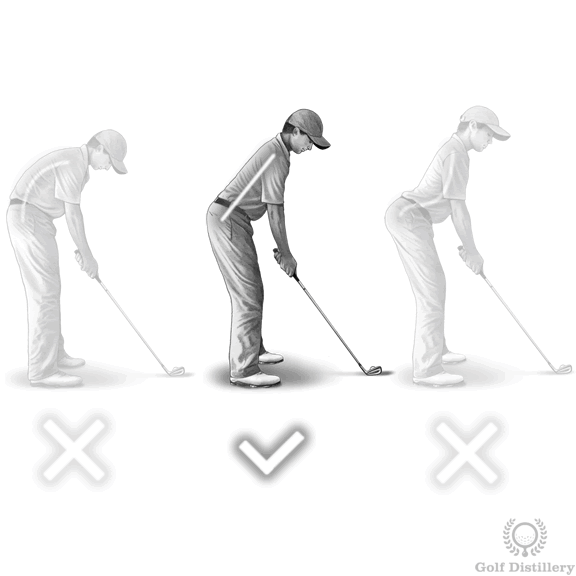It is a very rainy day and I am stuck inside, so I finally got around to making a short video I've had in my head for a little bit. I've alluded to this a few times, but I wanted to ask a couple of very concrete questions.
How many of you can reach the positions I demonstrate in the below video, and do so without manipulating other parts of your body? Don't differences in anatomy tend to make trying analyze an individuals swing by looking strictly at arbitrary positions sub-optimal for many people?
These questions are very much related to the idea of kinematic analysis. For example, when we look at PGA tour players, their swings may look very different from each other, but kinematically they look nearly identical. The basic idea has frequently been at least hinted at in various videos and ideas around here, but I'm not sure it's been discussed outright.
How many of you can reach the positions I demonstrate in the below video, and do so without manipulating other parts of your body? Don't differences in anatomy tend to make trying analyze an individuals swing by looking strictly at arbitrary positions sub-optimal for many people?
These questions are very much related to the idea of kinematic analysis. For example, when we look at PGA tour players, their swings may look very different from each other, but kinematically they look nearly identical. The basic idea has frequently been at least hinted at in various videos and ideas around here, but I'm not sure it's been discussed outright.


